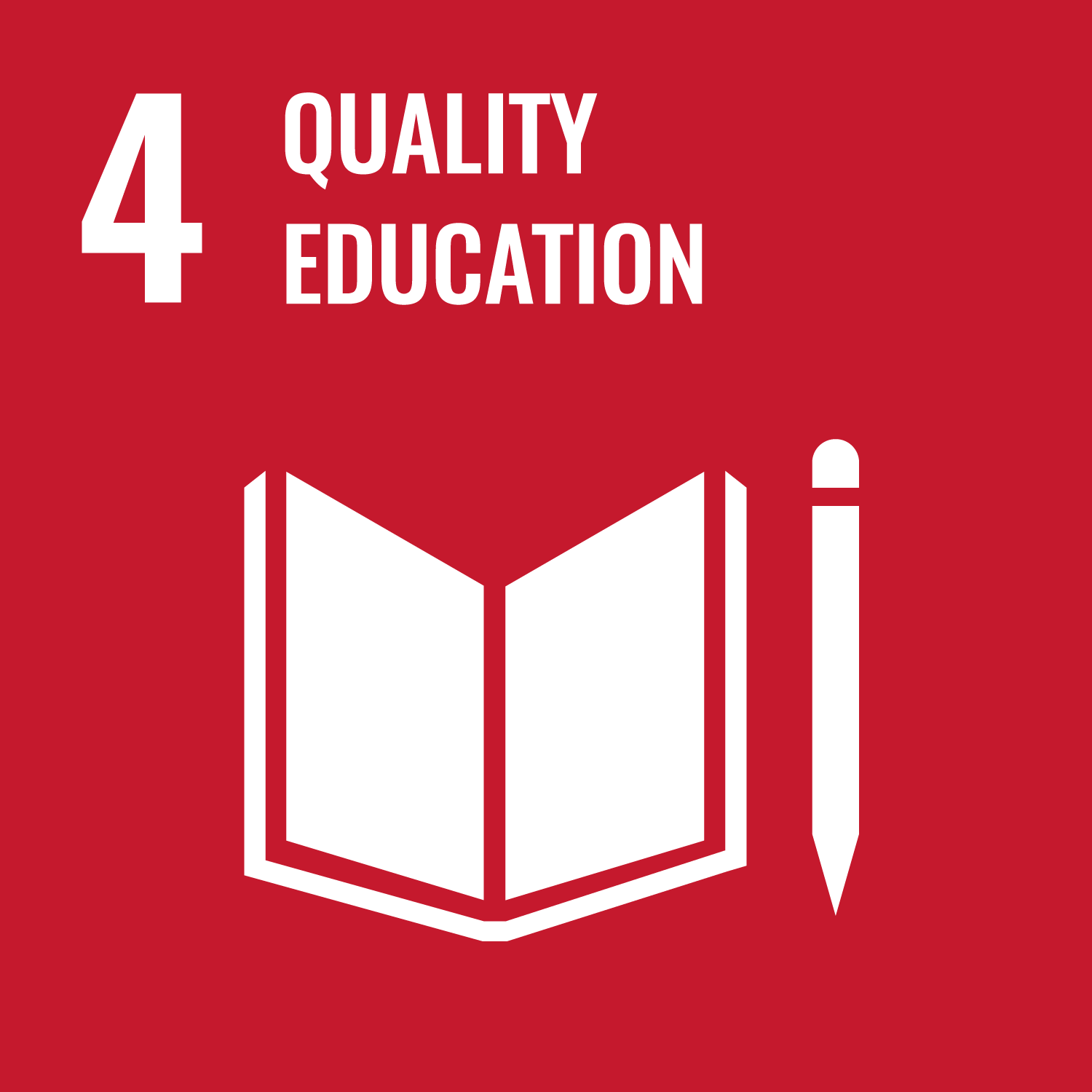Fundamental theories and analysis methods in microscale fluid mechanics and its applications will be lectured. Fluid is treated
as continuous media in the lecture. Surface tension effect is reviewed because it is remarkable when the liquid-gas interface
exists in microscale. As the application examples, micromixing, Marangoni effect, mass transfer will be introduced. Student's
summary material from the given handout material will be read by them at first, and then the comments and detailed explanation
will be offered by the lecturer.
To obtain basic knowledge about microscale fluid mechanics and to study typical expample in its application.
- The students can obtain the basics of microscale flow phenomena.
- The students can obtain the knowledge about the surface tension effect and its analysis method.
- The students can know the information about the related science and engineering issues.
| presentation | report | Total. | |
|---|---|---|---|
| 1. | 15% | 15% | 30% |
| 2. | 15% | 15% | 30% |
| 3. | 20% | 20% | 40% |
| Total. | 50% | 50% | - |
| Class schedule | HW assignments (Including preparation and review of the class.) | Amount of Time Required | |
|---|---|---|---|
| 1. | Characteristics and treating method of microscale flow | Preview of handout material | 190minutes |
| 2. | Theory for surface tension effect (1) | Preview of handout material | 190minutes |
| 3. | Theory for surface tension effect (2) | Preview of handout material | 190minutes |
| 4. | Theory for surface tension effect (3) | Preview of handout material | 190minutes |
| 5. | Theory for surface tension effect (4) | Preview of handout material | 190minutes |
| 6. | Theory for surface tension effect (5) | Preview of handout material | 190minutes |
| 7. | Theory for surface tension effect (6) | Preview of handout material | 190minutes |
| 8. | Theory for microscale flow (1) | Preview of handout material | 190minutes |
| 9. | Theory for microscale flow (2) | Preview of handout material | 190minutes |
| 10. | Theory for microscale flow (3) | Preview of handout material | 190minutes |
| 11. | Application: micromixing | Preview of handout material | 190minutes |
| 12. | Application: Marangoni effect | Preview of handout material | 190minutes |
| 13. | Application: mass transfer | Preview of handout material | 190minutes |
| 14. | Summary and future trend in R&D | Preview of handout material | 190minutes |
| Total. | - | - | 2660minutes |
Presentation material by the student 50%, and submission of report of homework material 50%, which become 100% to evaluate.
The students with over 60% of the evaluation will be given credit.60% means that the student can understand applicable theories and equations and analyze his data to some extent when he encounters microscale flow problems.
The students with over 60% of the evaluation will be given credit.60% means that the student can understand applicable theories and equations and analyze his data to some extent when he encounters microscale flow problems.
| ways of feedback | specific contents about "Other" |
|---|---|
| Feedback in the class |
Reference books:
(1)E.Y.Bormashenko, "Physics of Wetting", De Gruyter.
(2)E.Y.Bormashenko, "Wetting of Real Surfaces", De Gruyter.
(3)B.J.Kirby, "Micro- and Nanoscale Fluid Mechanics(Transport in Microfluidics Devices)",Cambridge University Press.
(4)A.W.Adamson and A.P.Gast, "Physical Chemistry of Surfaces", Wiley Interscience.
No need to purchase the books. The necessary part for the lecture will be handed out in the class.
(1)E.Y.Bormashenko, "Physics of Wetting", De Gruyter.
(2)E.Y.Bormashenko, "Wetting of Real Surfaces", De Gruyter.
(3)B.J.Kirby, "Micro- and Nanoscale Fluid Mechanics(Transport in Microfluidics Devices)",Cambridge University Press.
(4)A.W.Adamson and A.P.Gast, "Physical Chemistry of Surfaces", Wiley Interscience.
No need to purchase the books. The necessary part for the lecture will be handed out in the class.
- Monday, 16:50~18:30. Appointment in advance is preferable.
- Course that cultivates an ability for utilizing knowledge
| Work experience | Work experience and relevance to the course content if applicable |
|---|---|
| Applicable | Based on his experience of researching and developing material manufacturing processes at a material manufacturer, the lecturer will teach how to apply the hydrodynamic ideas and theories necessary for the development and application of various thermo-fluid processes. |


- 4.QUALITY EDUCATION
- 9.INDUSTRY, INNOVATION AND INFRASTRUCTURE
Last modified : Wed Mar 13 04:08:27 JST 2024

